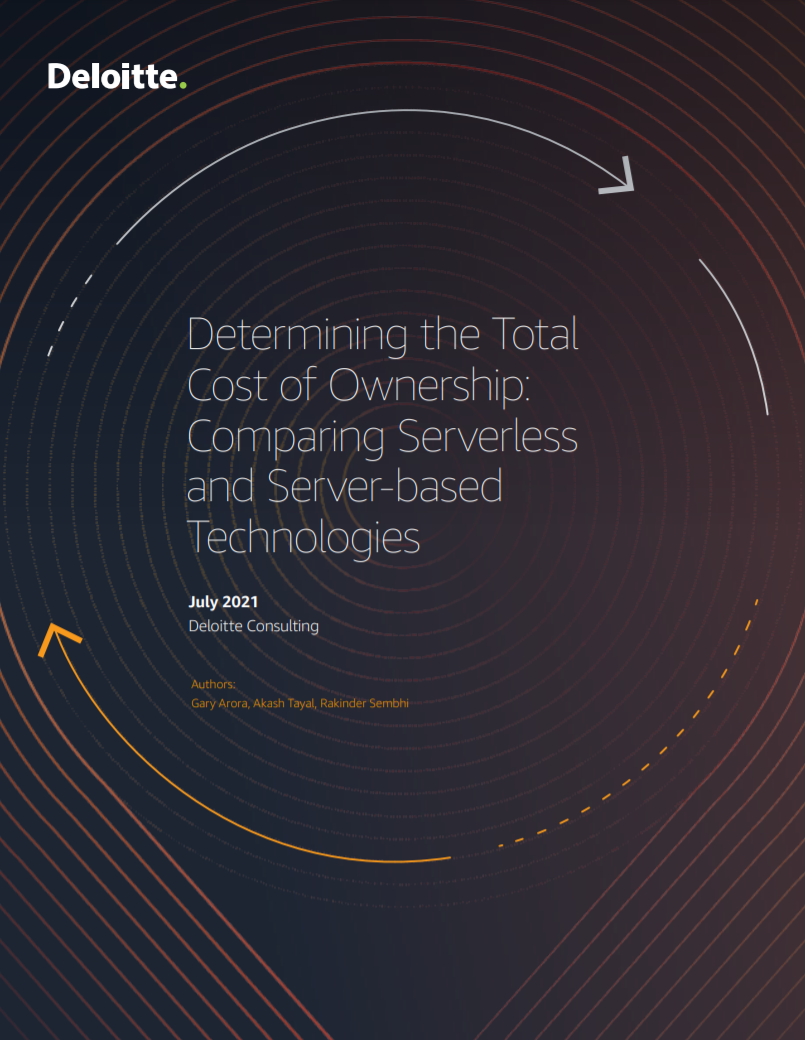What is application performance management (APM)?
How to seek out performance problems in apps used across an enterprise


Most modern businesses run on infrastructure that's more than just a straight forward IT system. They've evolved into an increasingly complex mix of cloud computing, on-premises platforms and apps, and keeping on top of all these systems can be extremely difficult.
Although in some organisations, monitoring updates and making sure that infrastructure is operating as effectively as possible can be managed by simply upgrading the processor, but in more complex companies, it can be much more resource-intensive.
Add in the management of applications and services themselves and it can become a mammoth undertaking to make sure everything is ticking along nicely. However, application performance management can help lessen the load by automating some of the management of such tasks.
What is application performance management?
Application Performance Management (APM) continuously monitors application performance, diagnosing if any particular part is operation sluggishly and needs addressing. Its main purpose is to make end-user experience as seamless as possible and therefore, any problem highlighted by APM tools is related to that.
APM tools can analyse either single app performance or several apps running on the same networks, taking measurements of the physical processes - such as how many transactions are completed - and also how it completes those actions, such as app responsiveness.
The second metric is looking into how an application uses compute resources i.e. whether it's draining capacity or consuming an irregular amount of the company's resources. If this is the case, one app could have a detrimental impact on the entire company's app structure if it's used by a large number of users, causing bottlenecks in the network.
When these two separate metrics are analysed together, administrators can work out what an app's "baseline" performance is and allowing engineers to test them against potential scenarios; for example, what will happen if a lot of people are using the same app at the same time, what will happen if there's a network-slow-down or an outage.
Get the ITPro daily newsletter
Sign up today and you will receive a free copy of our Future Focus 2025 report - the leading guidance on AI, cybersecurity and other IT challenges as per 700+ senior executives
Application Performance Management isn't just limited to software, even though its name would suggest it's only used for application-based infrastructure or software. APM can be used to monitor the computer or server power used to run applications, for example, offering engineers the opportunity to test environments by firing scenarios at the hardware and software.
One use for this could be to measure how performance is affected should there be a sudden influx of users attempting to run the application or if a server went down - would others be able to pick up the slack? Because this data is being fed to teams constantly, any problems can be picked up in real time - or before it even becomes a major issue and apps suffer very little downtime.
This depth of management isn't offered with the similarly-named application performance monitoring, which only deals with analysing what's happening in the here and now, rather than being able to identify what might go wrong in future.
Another benefit of application performance management is that the tools used to monitor app performance can be used across platforms and networks, meaning cloud-based apps can be monitored, even if they reside in private or hybrid cloud environments.
How can application performance management be effective?
App performance should be a top priority for your business, particularly if your employees work remotely or have a lot of workloads in applications. APM tools can be used to monitor apps, check for sluggish performance and fix issues that cause crashes and keep your workforce ticking along.
APMs can also detect errors before the app is even launched, at its development stage, taking away a potential IT headache before it hits. For organisations with little resources, APMs can help IT administrators to prioritise the apps they deem to be crucial to the workforce and tone down the ones that are less business-critical, but still, take up lots of resources.
The demand for APMs has grown over the last few years, with major vendors such as IBM and CA Technologies pushing tools to market. These tools can make the management of app performance across a business a less daunting task and can boost the productivity of your business.
Bobby Hellard is ITPro's Reviews Editor and has worked on CloudPro and ChannelPro since 2018. In his time at ITPro, Bobby has covered stories for all the major technology companies, such as Apple, Microsoft, Amazon and Facebook, and regularly attends industry-leading events such as AWS Re:Invent and Google Cloud Next.
Bobby mainly covers hardware reviews, but you will also recognize him as the face of many of our video reviews of laptops and smartphones.
-
 Bigger salaries, more burnout: Is the CISO role in crisis?
Bigger salaries, more burnout: Is the CISO role in crisis?In-depth CISOs are more stressed than ever before – but why is this and what can be done?
By Kate O'Flaherty Published
-
 Cheap cyber crime kits can be bought on the dark web for less than $25
Cheap cyber crime kits can be bought on the dark web for less than $25News Research from NordVPN shows phishing kits are now widely available on the dark web and via messaging apps like Telegram, and are often selling for less than $25.
By Emma Woollacott Published
-
 Build modern applications on AWS
Build modern applications on AWSWhitepaper Manage less. Build fast. Innovate more.
By ITPro Published
-
 SAP's $7.7 billion Qualtrics sale branded a “win-win” situation
SAP's $7.7 billion Qualtrics sale branded a “win-win” situationNews The German software company has sold its 71% stake in Qualtrics which will see the company go private once again
By Zach Marzouk Published
-
 Google cracks down on murky data usage policies from app developers
Google cracks down on murky data usage policies from app developersNews Android developers have been given a July deadline to ensure they comply with Google's new app transparency rules on the Play Store
By Connor Jones Published
-
 Global enterprise application market to hit $468 billion by 2027
Global enterprise application market to hit $468 billion by 2027News Microsoft, Oracle, IBM, and SAP are among the top vendors influencing the market
By Praharsha Anand Published
-
 Apple's App Store now allows unlisted apps
Apple's App Store now allows unlisted appsNews Businesses are invited to make their limited-audience apps available only through a direct link
By Connor Jones Published
-
 Microsoft 365 prices to soar by 20% for pay monthly subscribers
Microsoft 365 prices to soar by 20% for pay monthly subscribersNews The move has sparked anger in the partner community with many feeling the decision benefits only the largest resellers
By Connor Jones Published
-
 How to speed up Windows 11
How to speed up Windows 11In-depth Is Windows 11 feeling a bit sluggish? Here are some handy tips for tweaking the OS to fit your system
By Barry Collins Last updated
-
 Comparing serverless and server-based technologies
Comparing serverless and server-based technologiesWhitepaper Determining the total cost of ownership
By ITPro Published